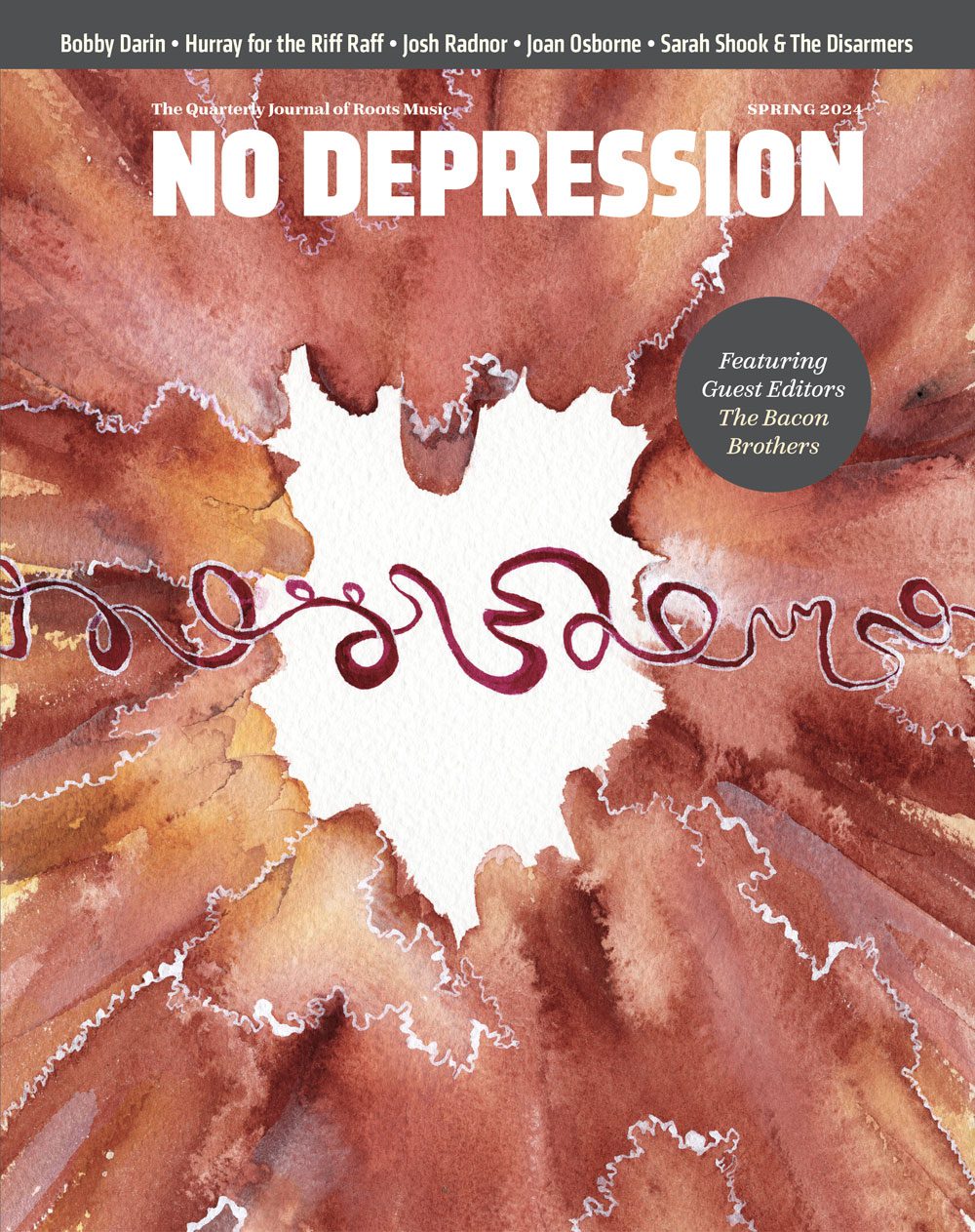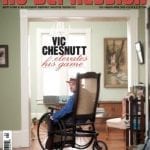Martha Carson: 1921 to 2004
Her career began in prewar country and gospel, yet Martha Carson reached her peak with a style diametrically opposite to the primitive sounds of her early work — so much so that that Carson, who retired decades before she died December 16, journeyed far from her roots in rural Neon, Kentucky.
Born Irene Amburgey, she was inspired, along with older sister Berthy and younger sister Opal, by their dad, a miner and farmer who played gospel with his wife. As the Sunshine Sisters, they worked in rural Kentucky in 1936. At Kentucky’s Renfro Valley Barn Dance, they briefly served as members of the legendary Coon Creek Girls before joining Atlanta’s WSB Barn Dance around 1939 as the Hoot Owl Holler Girls. Berthy was “Mattie,” Irene was dubbed “Martha,” and Opal became “Minnie.”
In 1939 Martha married WSB gospel singer-mandolinist James Roberts, son of old-time musician Fiddlin’ Doc Roberts. She sang at the show with her sisters and did gospel duets with James. They became James and Martha Carson after an announcer misidentified them on the air. Signed to Capitol in the late ’40s, the Carsons created unforgettable sacred performances such as “He Will Set Your Fields On Fire”.
The Carsons were at Knoxville’s WNOX when they divorced, a messy affair that left Martha distraught. During that period, she wrote the sacred song “Satisfied” while touring with singer Bill Carlisle. It became a gospel standard.
Though the Amburgey Sisters recorded country for Capitol, Martha’s solo Capitol performances (including “Satisfied”) were raw, bracing country gospel. Chet Atkins’ tasty guitar embellished her powerful alto. She also performed with Carlisle’s new show group the Carlisles, including their hits “Too Old To Cut The Mustard” and “No Help Wanted”.
Carson joined Grand Ole Opry in 1952. Her spirited performing style awed Elvis Presley, a fan of her gospel records who met her on tour during his days at Sun Records. Martha’s 1953 marriage to promoter-manager Xavier Cosse, who’d worked in pop music before relocating to Nashville, moved her in a different direction.
After RCA signed her in 1955, she embraced a radically different pop gospel style. A&R man Steve Sholes recorded her in Manhattan with boisterous choirs and slick, rococo accompaniment by first-rate studio musicians, all big-band era veterans. Billed “The Rockin’ Queen of Happy Spirituals,” she stomped across America’s nightclub stages and appeared on network television. Variety show host Steve Allen later called her an “explosion.” Even so, she spurned Sholes’ entreaties that she move from gospel to rock.
Carson’s nightclub phase ended by 1958 and, by choice, so did her performing career. Cosse managed Chet Atkins and a few others; Martha wrote secular songs for artists including Faron Young, Clyde McPhatter and Mac Wiseman. Aside from a few records for Decca, Cadence and an LP for Sims Records, she remained retired, her legacy secure, until her death.




